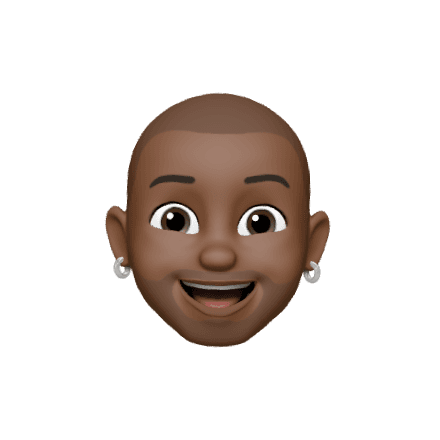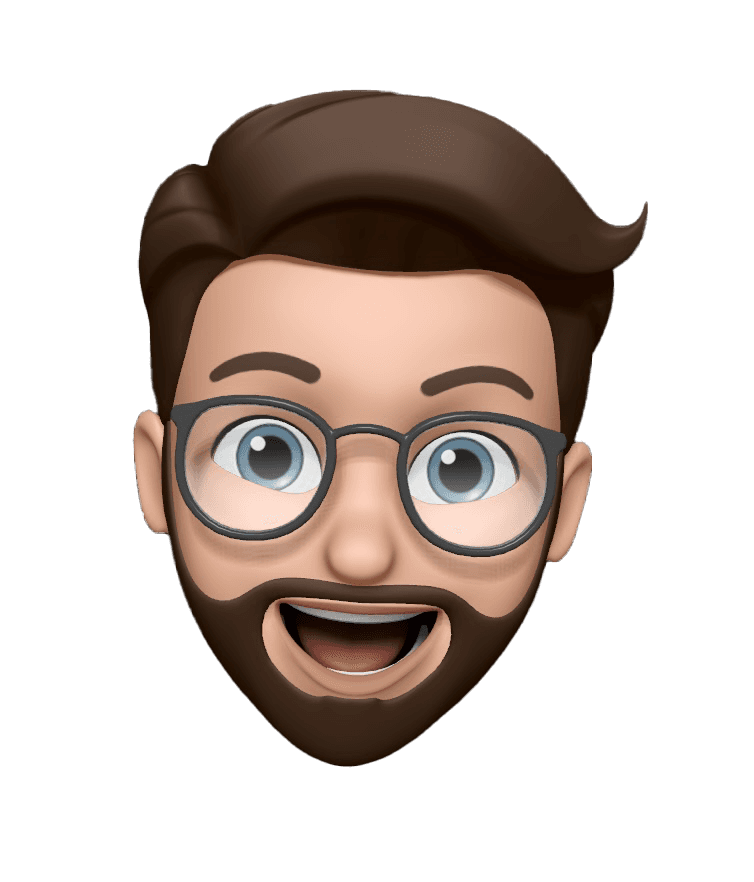Oliver Wyman
Oliver Wyman
Oliver Wyman
Designs made for Digital Walls
used in the company's offices.
Designs made for Digital Walls
used in the company's offices.
Designs made for Digital Walls
used in the company's offices.



Designing Content for Digital Walls in Oliver Wyman Offices
Oliver Wyman, a global management consulting firm, sought to enhance its office environments by implementing Digital Walls—large screens serving as walls in office halls and reception areas. The challenge lay in designing content that could seamlessly adapt to the varying sizes and aspect ratios of the screens across different office buildings worldwide. As the lead designer tasked with this project, I faced the unique challenge of creating dynamic and engaging content that would remain visually impactful regardless of the screen dimensions.
What was tricky?
Screen Size and Aspect Ratio Variability: The primary challenge revolved around accommodating the diverse screen sizes and aspect ratios present in Oliver Wyman's office buildings globally. Ensuring that the content remained visually appealing and proportionate across different configurations required innovative design solutions.
Consistency in Brand Representation: Maintaining consistency in brand representation while adapting to the technical constraints of varying screen sizes posed a challenge. The content needed to convey Oliver Wyman's brand identity effectively without compromising visual integrity.
Content Adaptability and Flexibility: Designing content that could adapt seamlessly to different screen orientations, resolutions, and configurations presented a significant technical challenge. The content needed to remain engaging and informative regardless of the display environment.
Integration with Existing Architecture: Incorporating Digital Walls into existing office architecture while ensuring aesthetic harmony and functionality posed a design challenge. The content needed to complement the overall office environment and enhance the visual appeal of the space.
How I overcame that?
Responsive Design Approach: I adopted a responsive design approach, leveraging scalable graphics and flexible layouts to ensure that the content could adapt dynamically to various screen sizes and aspect ratios. This involved designing content modules that could be rearranged and resized dynamically based on the available screen real estate.
Modular Content Creation: I developed a library of modular content elements that could be easily customized and combined to create cohesive and visually impactful presentations. These modular components included branded graphics, dynamic animations, and informative data visualizations, allowing for greater flexibility in content creation.
Aspect Ratio Optimization: I conducted extensive testing and optimization to ensure that the content remained visually appealing across different aspect ratios. This involved adjusting the composition and layout of the content to maximize visual impact while maintaining proportionality on screens of varying dimensions.
Collaboration with Technical Teams: Collaborating closely with technical teams and vendors, I ensured that the content was compatible with the specific display technologies and hardware configurations used in each office location. This involved regular communication and testing to address any compatibility issues and optimize performance.
By adopting a responsive design approach, developing modular content elements, and collaborating closely with technical teams, I successfully addressed the challenges of designing content for Digital Walls in Oliver Wyman offices. The resulting content not only showcased the firm's brand identity effectively but also enhanced the visual appeal of office spaces worldwide. This project demonstrated the importance of innovation, adaptability, and collaboration in overcoming design challenges in dynamic workplace environments.
Designing Content for Digital Walls in Oliver Wyman Offices
Oliver Wyman, a global management consulting firm, sought to enhance its office environments by implementing Digital Walls—large screens serving as walls in office halls and reception areas. The challenge lay in designing content that could seamlessly adapt to the varying sizes and aspect ratios of the screens across different office buildings worldwide. As the lead designer tasked with this project, I faced the unique challenge of creating dynamic and engaging content that would remain visually impactful regardless of the screen dimensions.
What was tricky?
Screen Size and Aspect Ratio Variability: The primary challenge revolved around accommodating the diverse screen sizes and aspect ratios present in Oliver Wyman's office buildings globally. Ensuring that the content remained visually appealing and proportionate across different configurations required innovative design solutions.
Consistency in Brand Representation: Maintaining consistency in brand representation while adapting to the technical constraints of varying screen sizes posed a challenge. The content needed to convey Oliver Wyman's brand identity effectively without compromising visual integrity.
Content Adaptability and Flexibility: Designing content that could adapt seamlessly to different screen orientations, resolutions, and configurations presented a significant technical challenge. The content needed to remain engaging and informative regardless of the display environment.
Integration with Existing Architecture: Incorporating Digital Walls into existing office architecture while ensuring aesthetic harmony and functionality posed a design challenge. The content needed to complement the overall office environment and enhance the visual appeal of the space.
How I overcame that?
Responsive Design Approach: I adopted a responsive design approach, leveraging scalable graphics and flexible layouts to ensure that the content could adapt dynamically to various screen sizes and aspect ratios. This involved designing content modules that could be rearranged and resized dynamically based on the available screen real estate.
Modular Content Creation: I developed a library of modular content elements that could be easily customized and combined to create cohesive and visually impactful presentations. These modular components included branded graphics, dynamic animations, and informative data visualizations, allowing for greater flexibility in content creation.
Aspect Ratio Optimization: I conducted extensive testing and optimization to ensure that the content remained visually appealing across different aspect ratios. This involved adjusting the composition and layout of the content to maximize visual impact while maintaining proportionality on screens of varying dimensions.
Collaboration with Technical Teams: Collaborating closely with technical teams and vendors, I ensured that the content was compatible with the specific display technologies and hardware configurations used in each office location. This involved regular communication and testing to address any compatibility issues and optimize performance.
By adopting a responsive design approach, developing modular content elements, and collaborating closely with technical teams, I successfully addressed the challenges of designing content for Digital Walls in Oliver Wyman offices. The resulting content not only showcased the firm's brand identity effectively but also enhanced the visual appeal of office spaces worldwide. This project demonstrated the importance of innovation, adaptability, and collaboration in overcoming design challenges in dynamic workplace environments.
Designing Content for Digital Walls in Oliver Wyman Offices
Oliver Wyman, a global management consulting firm, sought to enhance its office environments by implementing Digital Walls—large screens serving as walls in office halls and reception areas. The challenge lay in designing content that could seamlessly adapt to the varying sizes and aspect ratios of the screens across different office buildings worldwide. As the lead designer tasked with this project, I faced the unique challenge of creating dynamic and engaging content that would remain visually impactful regardless of the screen dimensions.
What was tricky?
Screen Size and Aspect Ratio Variability: The primary challenge revolved around accommodating the diverse screen sizes and aspect ratios present in Oliver Wyman's office buildings globally. Ensuring that the content remained visually appealing and proportionate across different configurations required innovative design solutions.
Consistency in Brand Representation: Maintaining consistency in brand representation while adapting to the technical constraints of varying screen sizes posed a challenge. The content needed to convey Oliver Wyman's brand identity effectively without compromising visual integrity.
Content Adaptability and Flexibility: Designing content that could adapt seamlessly to different screen orientations, resolutions, and configurations presented a significant technical challenge. The content needed to remain engaging and informative regardless of the display environment.
Integration with Existing Architecture: Incorporating Digital Walls into existing office architecture while ensuring aesthetic harmony and functionality posed a design challenge. The content needed to complement the overall office environment and enhance the visual appeal of the space.
How I overcame that?
Responsive Design Approach: I adopted a responsive design approach, leveraging scalable graphics and flexible layouts to ensure that the content could adapt dynamically to various screen sizes and aspect ratios. This involved designing content modules that could be rearranged and resized dynamically based on the available screen real estate.
Modular Content Creation: I developed a library of modular content elements that could be easily customized and combined to create cohesive and visually impactful presentations. These modular components included branded graphics, dynamic animations, and informative data visualizations, allowing for greater flexibility in content creation.
Aspect Ratio Optimization: I conducted extensive testing and optimization to ensure that the content remained visually appealing across different aspect ratios. This involved adjusting the composition and layout of the content to maximize visual impact while maintaining proportionality on screens of varying dimensions.
Collaboration with Technical Teams: Collaborating closely with technical teams and vendors, I ensured that the content was compatible with the specific display technologies and hardware configurations used in each office location. This involved regular communication and testing to address any compatibility issues and optimize performance.
By adopting a responsive design approach, developing modular content elements, and collaborating closely with technical teams, I successfully addressed the challenges of designing content for Digital Walls in Oliver Wyman offices. The resulting content not only showcased the firm's brand identity effectively but also enhanced the visual appeal of office spaces worldwide. This project demonstrated the importance of innovation, adaptability, and collaboration in overcoming design challenges in dynamic workplace environments.

